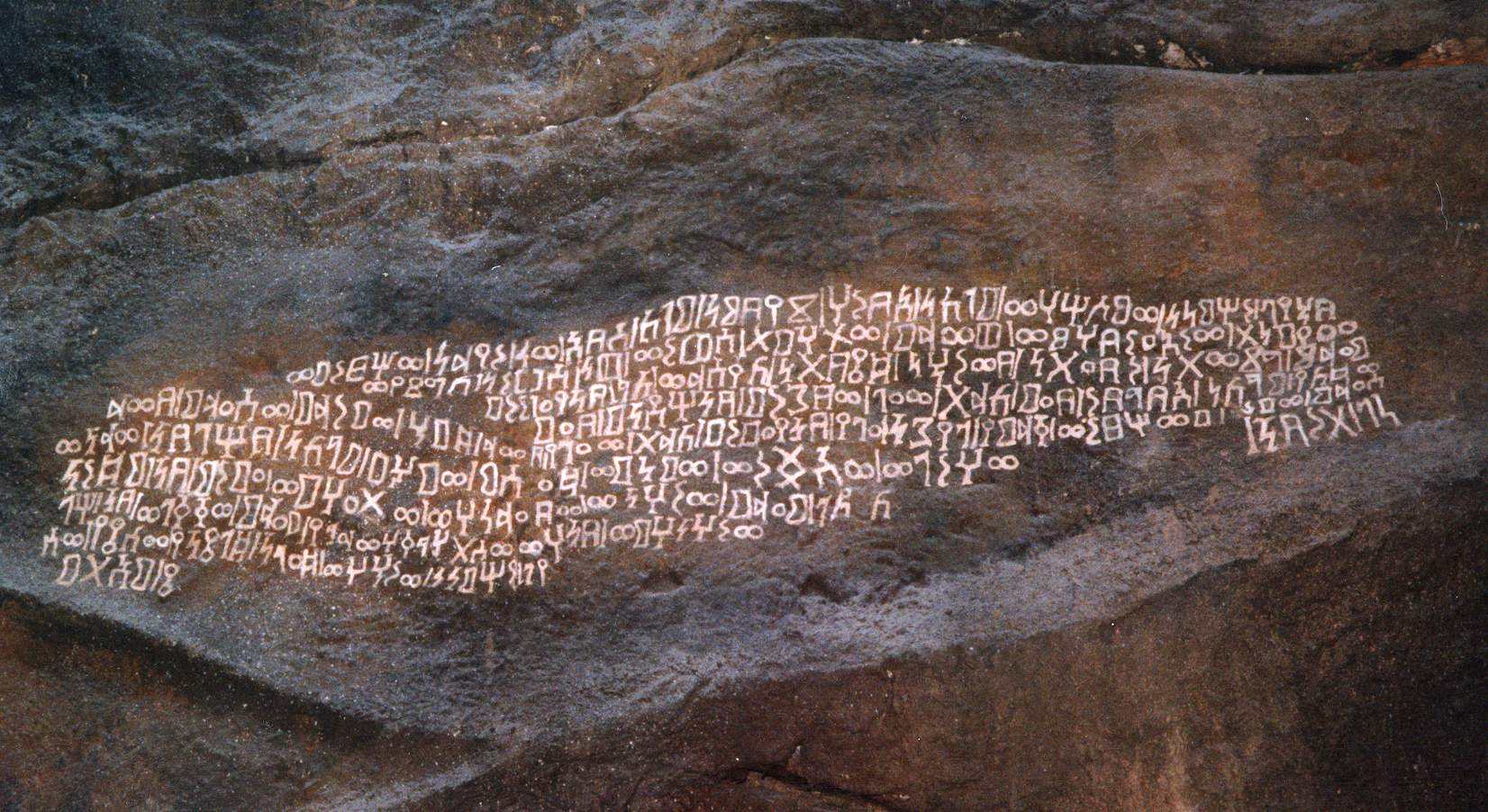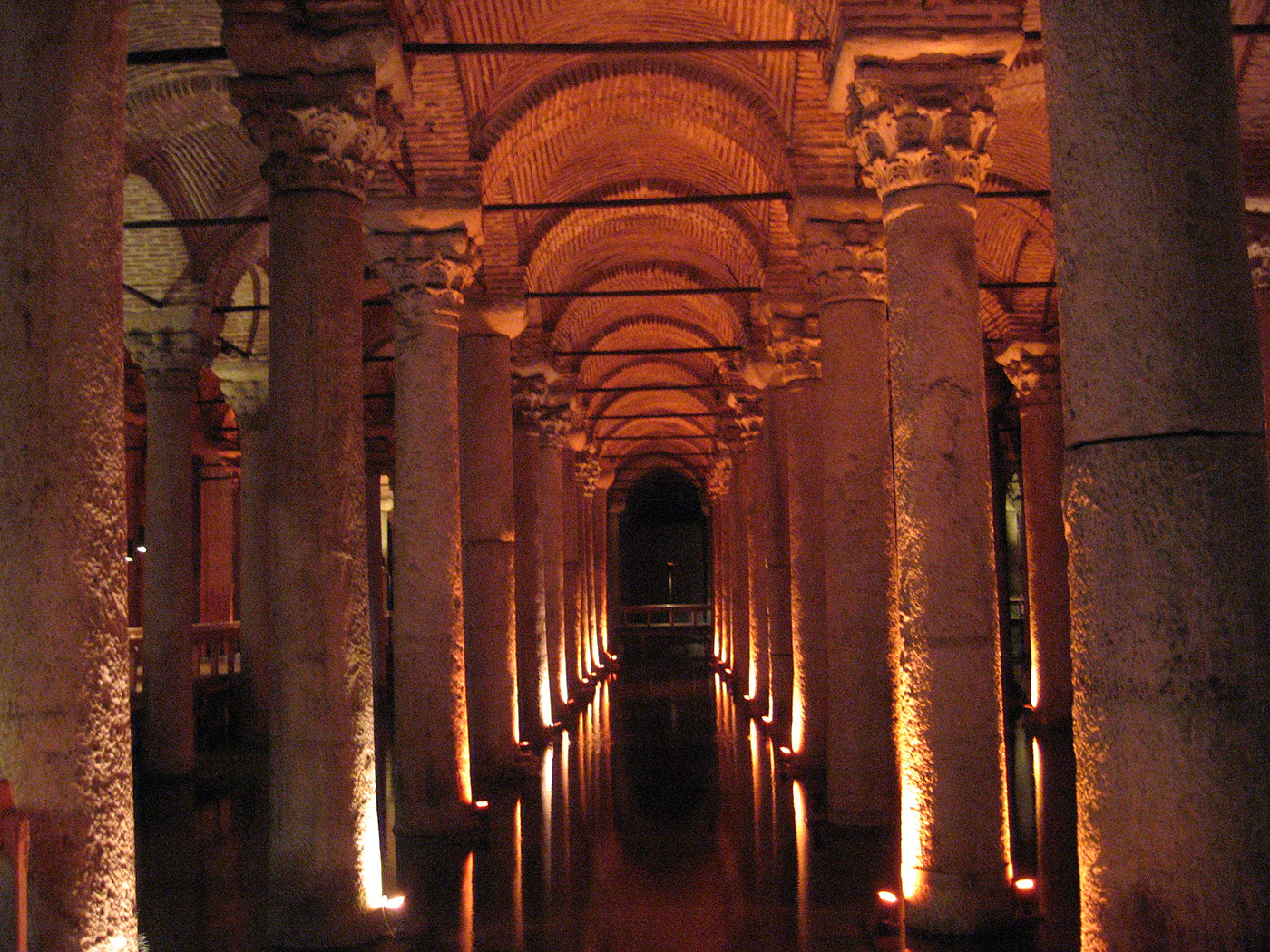The Arabian Context of the Qur’an: Dissertation Highlight
by Süleyman Dost*
He claimed to be an Arab prophet and he was. We shall see him consciously borrowing – he is quite frank about it. But to begin with, the materials which he uses, though they may remind us ever and again of Jewish and Christian phrases and ideas, are in reality Arab materials. (Richard Bell, The Origin of Islam in its Christian Environment [London, 1925], 69)
Around all these Koranic narratives there is, and was from the first, the atmosphere of an Arabian revelation, and they form a very characteristic and important part of the prophet’s great achievement. (Charles Cutler Torrey, The Jewish Foundation of Islam [New York, 1933], 126)
Above are the testimonies of two distinguished scholars writing at a time when the debate for anchoring the origins of the Qur’an to one of the two major religious traditions was still hot. The titles of their works do little to hide their standpoints, but they both talk curiously—if scantily—about an Arabian background to the Qur’an. Are they talking about the rich pre-Islamic treasure of mythopoeia that was exemplified in the so-called pre-Islamic poetry? Is it the ever-increasing number of inscriptions that were being located in and around the Arabian Peninsula? Whatever this Arabian background meant for Bell and Torrey, they were both unconvinced about the completely explanatory power of a Judeo-Christian or Biblical context for the Qur’an.
Much has happened since then. Heinrich Speyer almost exhausted the Biblical and extra-Biblical parallels to the Qur’an in his brilliant Die biblischen Erzählungen im Qoran; Margoliouth and Taha Husayn call the authenticity (or rather, pre-Islamicity) of pre-Islamic poetry into question; work on a critical edition of the Qur’an was abandoned due to disastrous events partly related to World War II, only to be revived half a century later; most importantly, Wansbrough’s Qur’ānic Studies bulldozed the whole field.
Now that the dust of the commotion that Wansbrough caused in the field are settling and that manuscript studies of the Qur’an have matured, what is left of this Arabian background? Wansbrough’s argument for a Qur’anic context that was later in time and more distant in location than traditionally assumed is hardly tenable now, and a more accurate contextualization of the Qur’an is needed more than ever. If the Arabian background of the Qur’an cannot be accounted for in Biblical and extra-Biblical material, and can no longer be lumped in with the too-good-to-be-true pre-Islamic poetry and early Muslim historiography, then where is this background to be found?

The “inscription of Abraha;” image courtesy of the National Museum of Natural History, Smithsonian Institute, http://www.mnh.si.edu/epigraphy/e_pre-islamic/fig04_sabaean.htm.
My dissertation project attempts to shed light on the Arabian context of the Qur’an by using sources that securely predate the Qur’an from in and immediately around the Arabian Peninsula, aiming to contribute to the traditionsgeschichte of the Qur’an through a focused examination of lexical and thematic continuities from pre-Qur’anic Arabian texts to the Qur’an. The sources that inform my study are necessarily extensive, and I consider a large variety of inscriptional sources in Old South Arabian, Ancient North Arabian, Nabataean, Palmyran, “Sinaitic,” and, in a rather limited fashion, Greek, Latin, and Syriac.
The field of ancient Arabian languages has been particularly lively for some time, but little has been done to align these sources with the Qur’an, with the important exceptions of Hubert Grimme and the more recent attempts of Christian J. Robin, Hani Hayajneh, and Ahmed al-Jallad. The ancient Arabian sources provide crucial information where Biblical tradition falls short or where Muslim sources need correction or corroboration. I use these sources to argue for an Arabian context of the Qur’an.
The first chapter of my dissertation compares Qur’anic divine nomenclature with the divine landscape of the Arabian Peninsula as attested in epigraphy. The aim here is to show not only that the immediate context of the Qur’an purveys a unique pantheon of gods that find their equivalents in the inscriptions from the Peninsula, but also that the names and attributes of the Qur’anic God reflect the regional preferences for divine appellations, with the tension between Allāh and al-Raḥmān particularly residual in the Qur’an.
My second chapter builds on the first by exploring some central concepts in the Qur’an that have to do with the relationship between humans and the divine, showing how the Qur’anic vocabulary that dominates the human-divine axis is informed by its Arabian context.
The third chapter addresses the portrayals in the Qur’an of Biblical history along with what appears to be nearly contemporaneous events in and around the Peninsula. I argue that there is a visible break of temporal perception in the Qur’an concerning the transition from what I call “biblical pseudo-history” to episodes of “Arabian” events that informed the local history surrounding the provenance of the Qur’an. I examine these local events in light of available epigraphic and literary sources.
The fourth and the fifth chapters bring the discussion back to the Judeo-Christian plane that has been familiar to Qur’anic studies for two centuries, but this time with an eye toward identifying a trend in the Qur’an’s employment of Biblical figures. These two chapters problematize the indebtedness of the Qur’an to the central Biblical discourse of the time and try to explain the oddities in the Qur’an’s portrayal of Judeo-Christian material through sources that remained peripheral at best to the main centers of Judaism and Christianity. Here I use South Arabian texts of Jewish and Christian provenance as well as those sources that primarily circulated in the Ethiopic language like the Book of Jubilees and the Book of Enoch.
My dissertation is an attempt to historicize the Qur’an in a post-Wansbrough and post-Ṣanʿāʾ-manuscripts world by treating it as a primary source rather than as a text with unwanted exegetical baggage. I believe that narrowing down the context of the Qur’an to a workable and meaningful scale of time and space, with philological commonsense and sensitivity to intra-Qur’anic diachrony, can do wonders for our understanding of the Qur’an.
* Süleyman Dost is a Ph.D. candidate in Near Eastern Languages and Civilizations at the University of Chicago.
© International Qur’anic Studies Association, 2015. All rights reserved.


